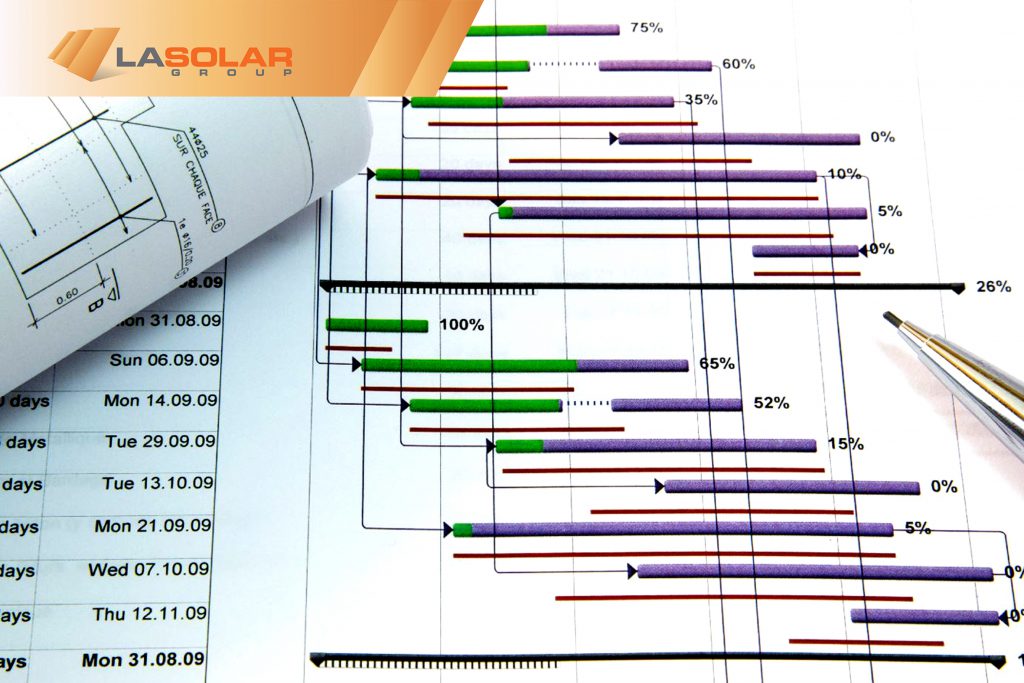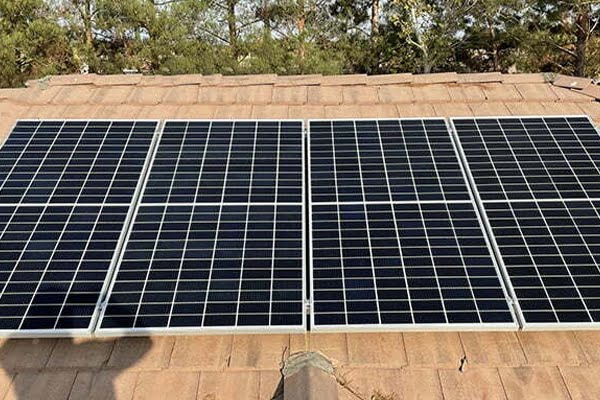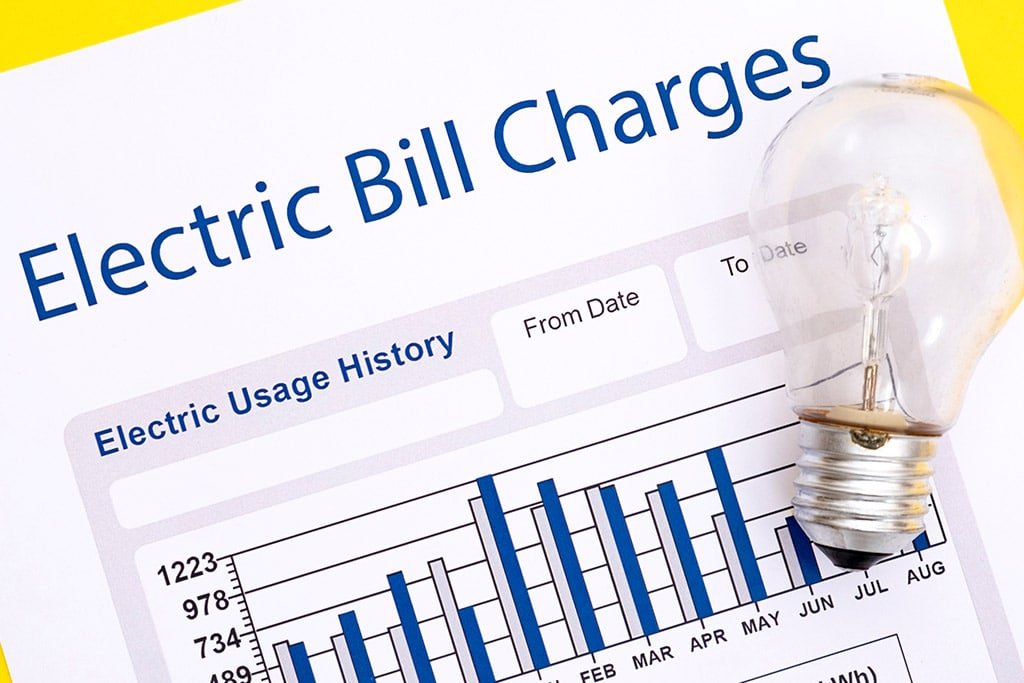Installing solar PV for a house is a no brainier. Saving money by paying less to the utility while contributing to the environment is a smart energy decision. Nevertheless, the process to go solar is complex and challenging. Understanding project management for residential solar is the first step to have the right expectations.
Why Project Manage?
Project management (PM) ensures that every solar installation accurately and efficiently progresses throughout the installation pipeline. The installation begins once the permits have been approved by the city/county building department and conclude once the system has been officially activated.
Because rooftop solar is ultimately a home improvement project, homeowners are going to inquire details about their new solar system. The goal of PM is to facilitate the installation in a systematic way that builds trust with the homeowner. This means consistent oversight, control, direction, and high attention to details. A PM team that’s able to provide fast and direct solutions to challenges without compromising the homeowner’s trust is key.
Primary Aspects of Project Management
The three primary aspects of project management are communication, coordination, and scheduling which are all integrated throughout the pv installation. The PM team gets involved once engineers have prepared the plans for the pv system that will be installed. Within the plans include the schematic outline of the solar array on the roof, locations of the equipment such as inverters and switches, the electric flowchart, and the data sheets and specifications of the primary solar pv components (solar modules, inverters, racking/mounting systems).
Right Expectations
Since the solar project requires a building permit, the engineers design the plan to meet the building code for the city/county the home is located in. The state’s fire code is also taken into account as well. Prior to submitting any plans for permitting and for the project to progress smoothly to the next phase, disclosures between the homeowner and the installer are paramount. Certain conditions can delay the install or even disqualify it from receiving a valid permit. This happens when the homeowner is either not aware or doesn’t disclose issues that keep the project from moving forward.
It’s the role of the installer to request and ask about certain issues that can be a potential problem. For example, a home that has an unpermitted structure, such as garage or an addition that is not built to code, won’t quality for solar until those conditions have been resolved property with code. It’s always recommended to disclose such conditions otherwise, down the road when it’s time for the city to inspect the solar install, the city inspector will fail the job because that aspect of the home doesn’t meet building code. Utilities will not give permission to operate. This will result in the homeowner paying extra money for correct, meet code, and pass inspection. A good solar contractor/installer will be sure to ask the right questions so the right expectations can be set.
Managing the Installation
Once the engineers have plans ready, the PM team will review the details. They will then coordinate with the suppliers or warehouse dept on what components and materials are required for the installation. During this phase, the PM will also review dates on the calendar that are open for the install. Selecting the right date will depend on the crew’s availability and when permits from the city/county are provided. At this point the homeowner is contacted by the PM team to confirm the day of installation.
When the materials, permits, scheduling is all set for the install, the PM team will oversee the progress. At this stage, the field crew is on site on the roof installing the system. The PM team will communicate directly with the crew’s foreman who leading the activities on site. Constant updates crucial so that PM team can prepare taking the project into the next phase or resolving issues discovered on site. When the crew concludes their installation on site, the PM team will contact the city/county building office and schedule an inspection to verify it meets building code. The inspectors are known to be tough and meticulous. so the accuracy of the installation will determine whether it gets passed or failed. If the installation fails then corrections are provided by the inspector and the installer will reschedule another date for the inspector to arrive back and re-review to pass the project.
It’s not only the city/county building office but also the utility company that the PM team will need to coordinate and schedule with. Since the pv system in interconnected to the utility grid, the utility company has the authority to give the permission to turn on the system so it can generate solar power. Utilities have their own processes for system activation which may take some time, however, once they approve and grant the permission to operate, the PM team will schedule with a technicians to turn on the system.
As you can see, a project management team is highly involved in facilitating a smooth solar installation and appropriately communicating with internal teams like engineering and crews while also coordinating schedules with cities and utilities. A competent PM team controls the process and plans accordingly based on the scope of the project. They keep the project organized and under budget meaning that a lot over oversight and involvement takes place at the design phase. What matters ultimately is the customer experience. When a homeowner can trust the system, the whole idea of going solar becomes a breeze. However, if expectations are set right at the get go or there’s a lack of communication, the homeowner will loose the peace of mind and will eventually begin managing the project themselves, which is not what they pay for when going solar.





